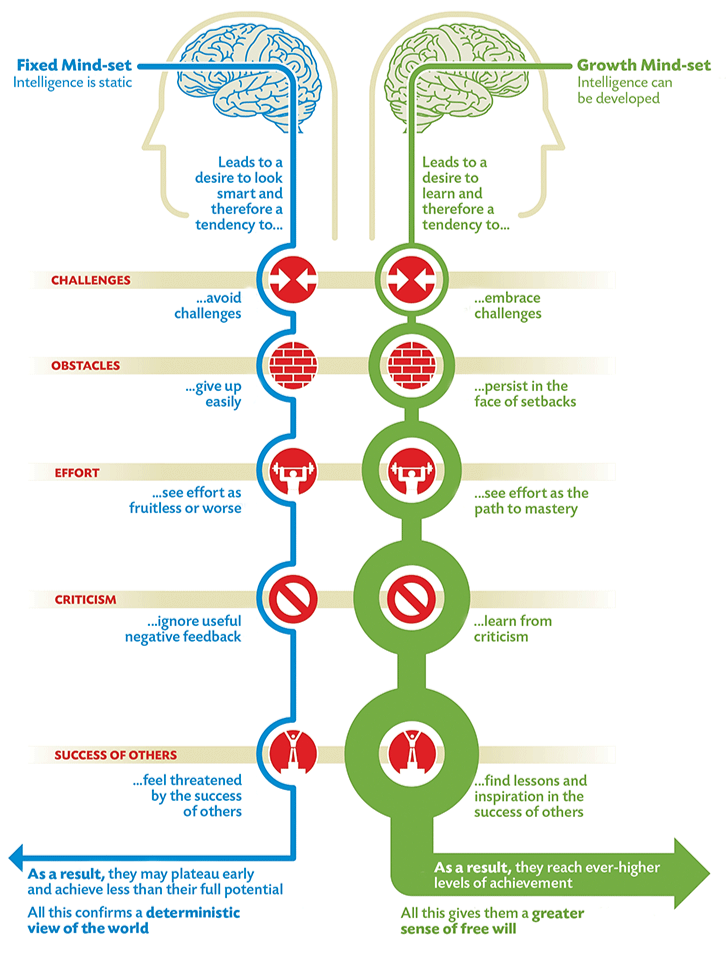Ongoing Education and Professional Development
- carolinetoop0
- Feb 1
- 2 min read
When I think about instructing specifically for physiotherapy students, there are two significant areas that I would like to develop my skills in. The first is helping students consolidate the vast amount of information in anatomy, physiology, cardiology, and neurology that is thrown their way during a two year program. The book “Make It Stick: The Science of Successful Learning” by Brown et al. (2014) draws on cognitive psychology concepts to suggest why many traditional study techniques can be counterproductive, and suggests practical techniques to help improve retention and consolidation of learned material. This would be a useful tool for me when developing learning activities. The second area I would like to expand my knowledge in is helping students develop the skill of clinical reasoning. Currently, I feel that this is a skill that is largely learned in a trial by fire manner when you begin working after graduation. I would love to contribute to making this skill a more structured part of the physiotherapy curriculum. “Thinking, Fast and Slow” by Kahneman (2011) is a book that was recommended to me by a colleague. This book describes two cognitive systems that drive the way we reason and make decisions. It would be useful for me to get a better understanding of the cognitive processes involved in critical thinking and reasoning. I believe this would help me with curriculum development in this area.
In addition to these readings, I am planning on joining the Physiotherapy Association of British Columbia (PABC). As our professional association, PABC advocates for physiotherapists and promotes ongoing education and skill development in our field. It would be worthwhile to connect with other physiotherapists working in education and collaborate on future directions for physiotherapy advocacy and education in the future.
References:
Brown, P. C. (2014). Make it stick: The science of successful learning. Belknap Press.
Kahneman, D. (2011). Thinking, fast and slow. Farrar, Straus and Giroux.





Comments